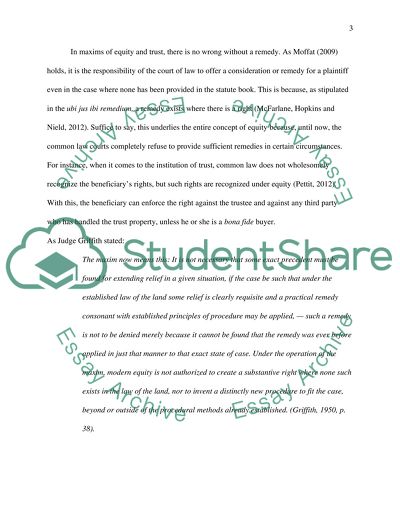Cite this document
(“Examine the application of the maxims of equity in the context of Essay”, n.d.)
Examine the application of the maxims of equity in the context of Essay. Retrieved from https://studentshare.org/law/1676206-examine-the-application-of-the-maxims-of-equity-in-the-context-of-trusts
Examine the application of the maxims of equity in the context of Essay. Retrieved from https://studentshare.org/law/1676206-examine-the-application-of-the-maxims-of-equity-in-the-context-of-trusts
(Examine the Application of the Maxims of Equity in the Context of Essay)
Examine the Application of the Maxims of Equity in the Context of Essay. https://studentshare.org/law/1676206-examine-the-application-of-the-maxims-of-equity-in-the-context-of-trusts.
Examine the Application of the Maxims of Equity in the Context of Essay. https://studentshare.org/law/1676206-examine-the-application-of-the-maxims-of-equity-in-the-context-of-trusts.
“Examine the Application of the Maxims of Equity in the Context of Essay”, n.d. https://studentshare.org/law/1676206-examine-the-application-of-the-maxims-of-equity-in-the-context-of-trusts.


